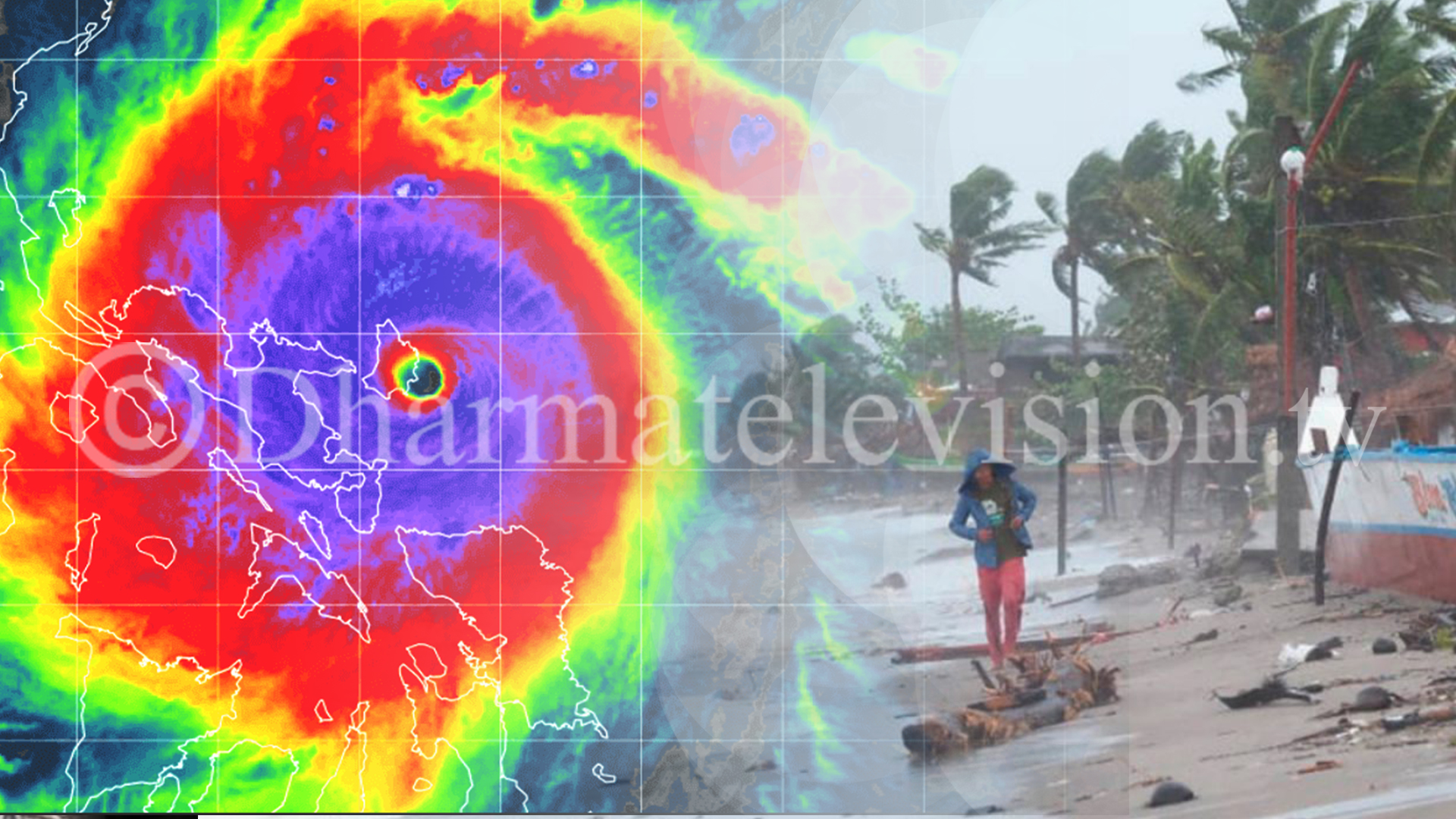4 years ago

Super Typhoon Goni slammed into the Philippines Sunday with authorities warning of “catastrophic” conditions in the region expected to receive the hardest hit, where nearly a million people have been evacuated.
The strongest typhoon of the year so far made landfall on Catanduanes Island at 4:50 am (2050 GMT Saturday) with maximum sustained wind speeds of 225 kilometres (140 miles) per hour, the state weather forecaster said.
Over the next 12 hours, “catastrophic violent winds and intense to torrential rainfall” would be experienced in the Bicol region, which covers the southern end of the main island of Luzon and Catanduanes, it said.
Goni -- which intensified into a “super” typhoon as it neared the Philippines -- comes a week after Typhoon Molave hit the same region of the natural disaster-prone archipelago.
That storm killed 22 people and flooded low-lying villages and farmland, before crossing the South China Sea to Vietnam.
“It looks like we will have really strong winds, increasing the chances of widespread flooding and landslides,” Mark Timbal, spokesman for the National Disaster Risk Reduction and Management Council, told local broadcaster ABS-CBN on Saturday.
“Storm surges are imminent on our east coast. We are monitoring Mayon and Taal volcanoes for possible volcanic mudflows.”
Civil Defense chief Ricardo Jalad said “almost a million” people had left their homes in the Bicol region.
Authorities spent Saturday marshalling rescue vehicles, emergency response teams and relief goods before the storm’s arrival.
There was a “high risk” of potentially life-threatening storm surges of more than three metres (10 feet) high along parts of the coast, which could inundate low-lying areas, it warned.
A storm surge of up to three metres is also forecast for coastal areas of the capital Manila.
Covid complicates evacuations
Schools which have been empty since the start of the coronavirus pandemic are being used as emergency shelters as are government-run evacuation centres and gymnasiums.
“Evacuating people is more difficult at this time because of Covid-19,” Bicol regional civil defence spokesman Alexis Naz told AFP.
Hundreds of people have been left stranded after the coast guard ordered ferries and fishing boats into port in expectation of rough seas throwing up 16-metre waves.
Goni is expected to weaken as it crosses southern Luzon and enters the South China Sea early Monday, the state forecaster said.
The Philippines is hit by an average of 20 storms and typhoons every year, which typically wipe out harvests, homes and infrastructure, keeping millions of people perennially poor.
Its deadliest on record was Super Typhoon Haiyan, which unleashed giant waves on the central city of Tacloban and left more than 7,300 people dead or missing in 2013.